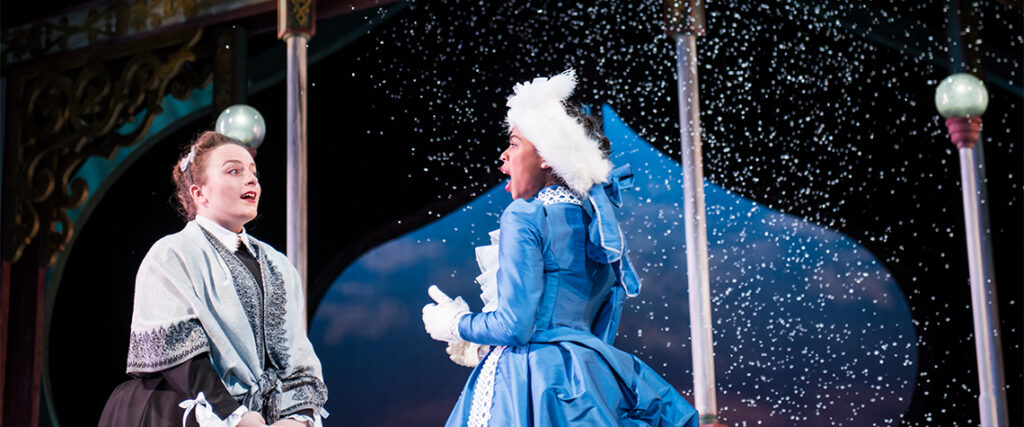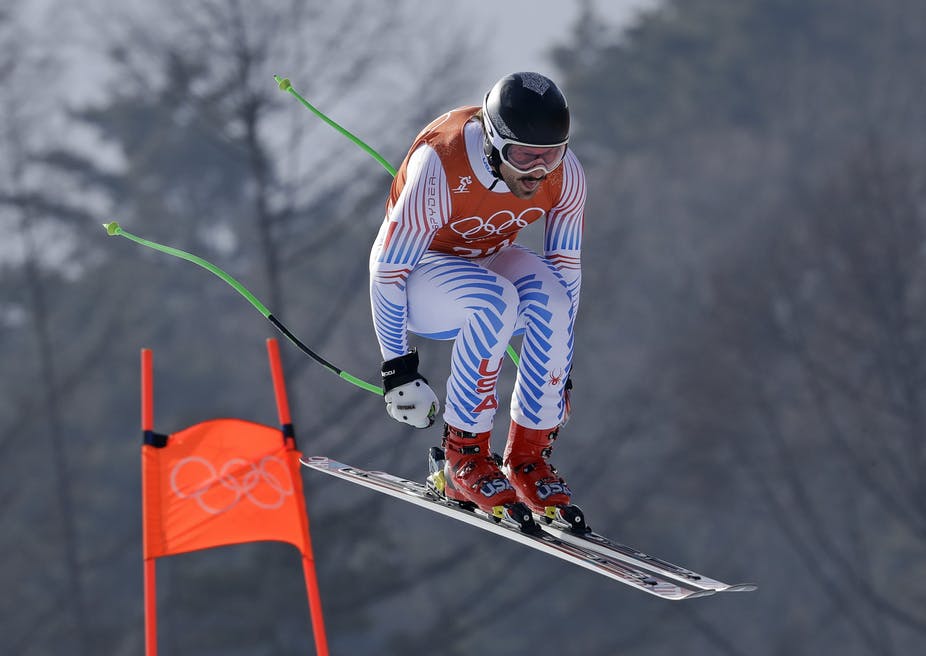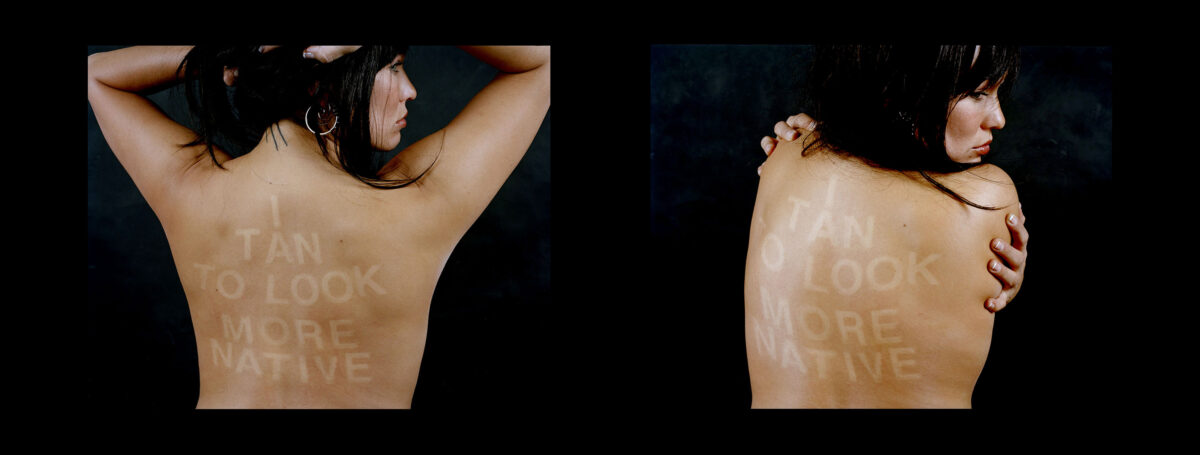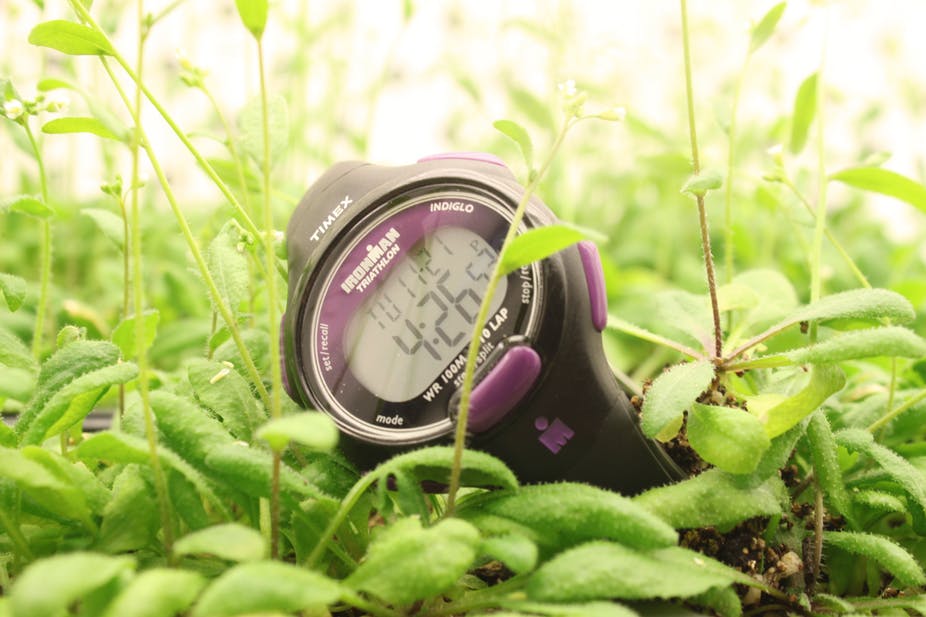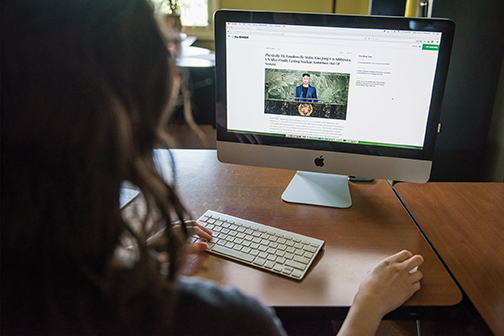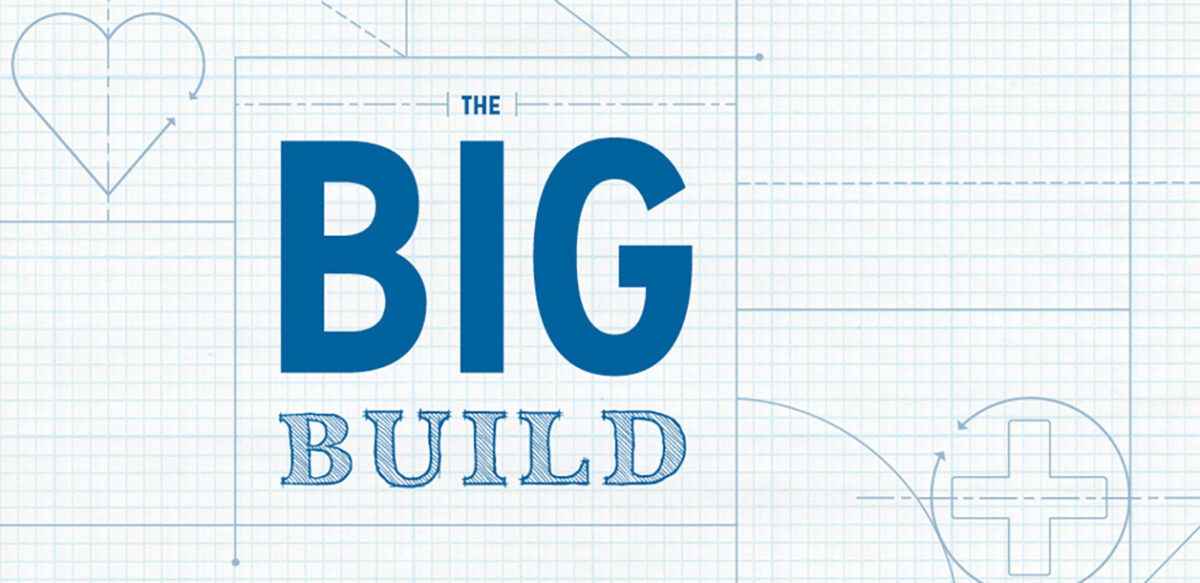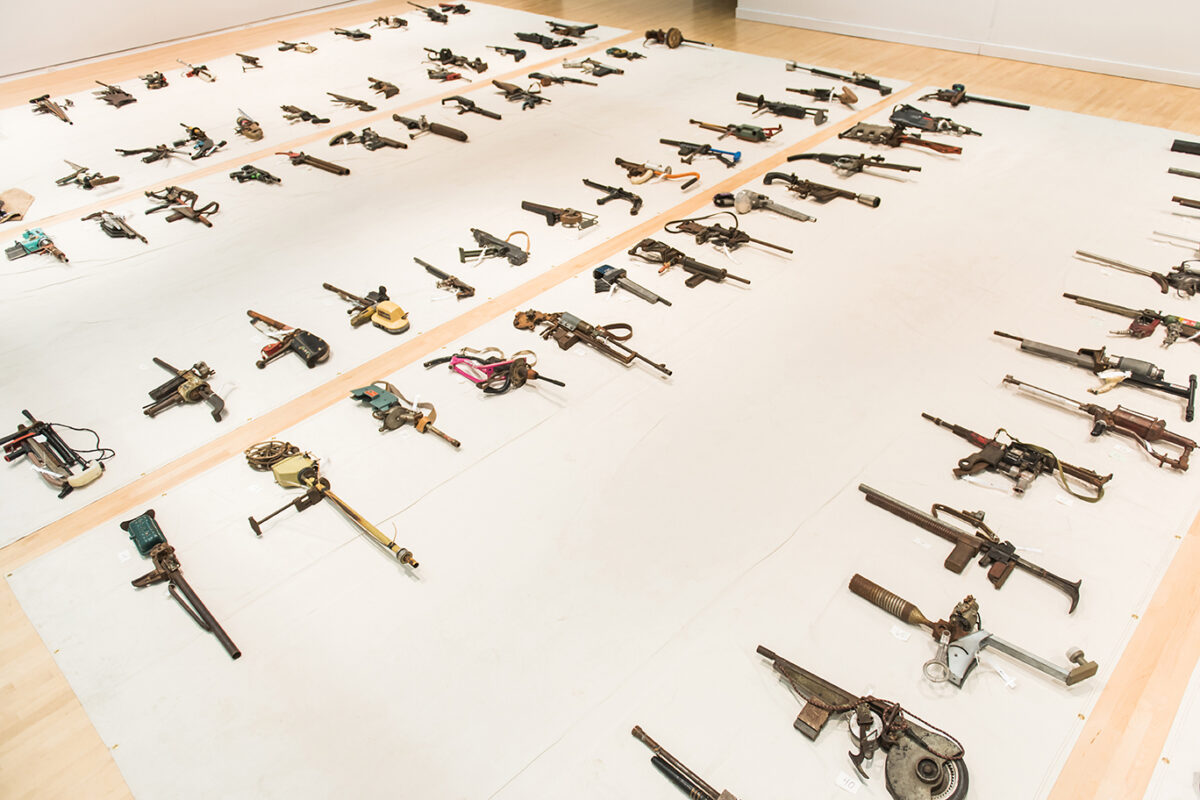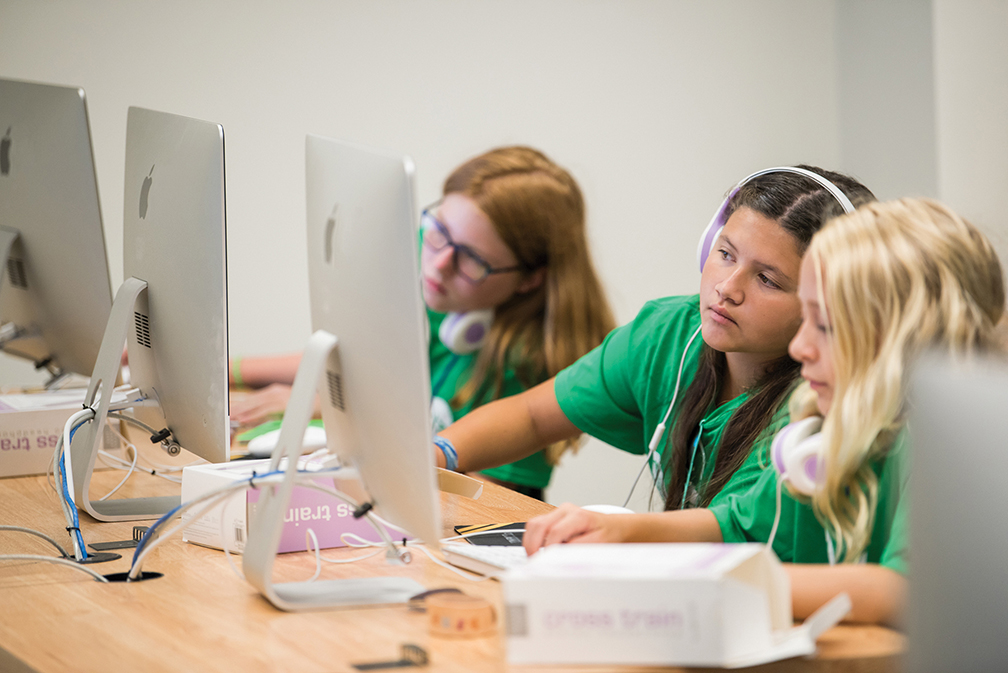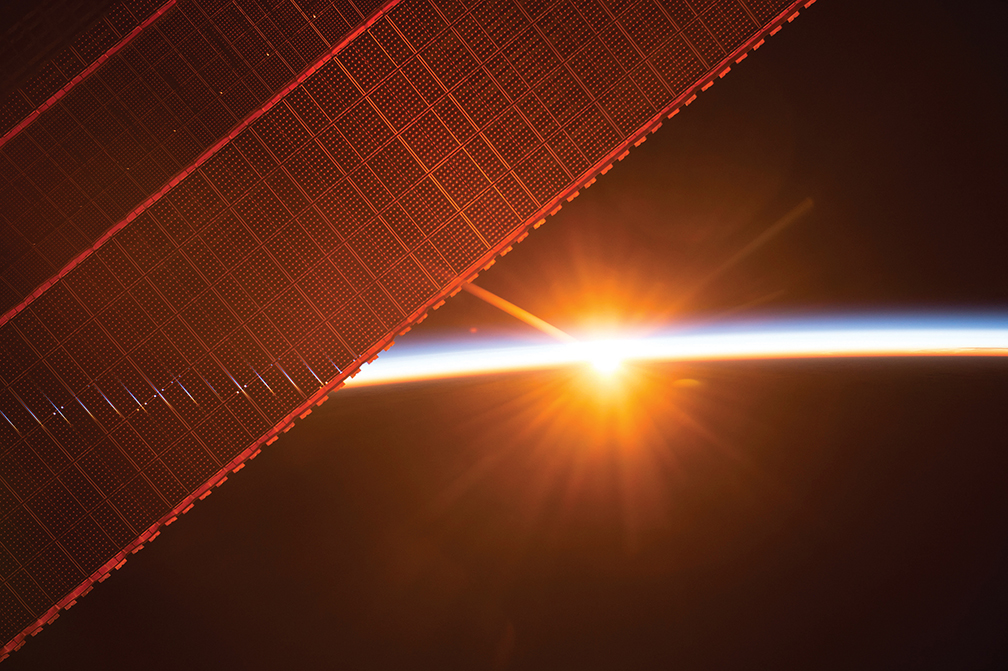How secure is your data when it’s stored in the cloud?
By Haibin Zhang, Assistant Professor of Computer Science and Electrical Engineering Header photo:SWEviL/Shutterstock.com As cloud storage becomes more common, data security is an increasing concern. Companies and schools have been increasing their use of services like Google Drive for some time, and lots of individual users also store files on Dropbox, Box, Amazon Drive, Microsoft OneDrive and the like. They’re no doubt concerned about keeping their information private – and millions more users might store data online if they were more certain of its security. Data stored in the cloud is nearly always stored in an encrypted form that would need… Continue Reading How secure is your data when it’s stored in the cloud?



